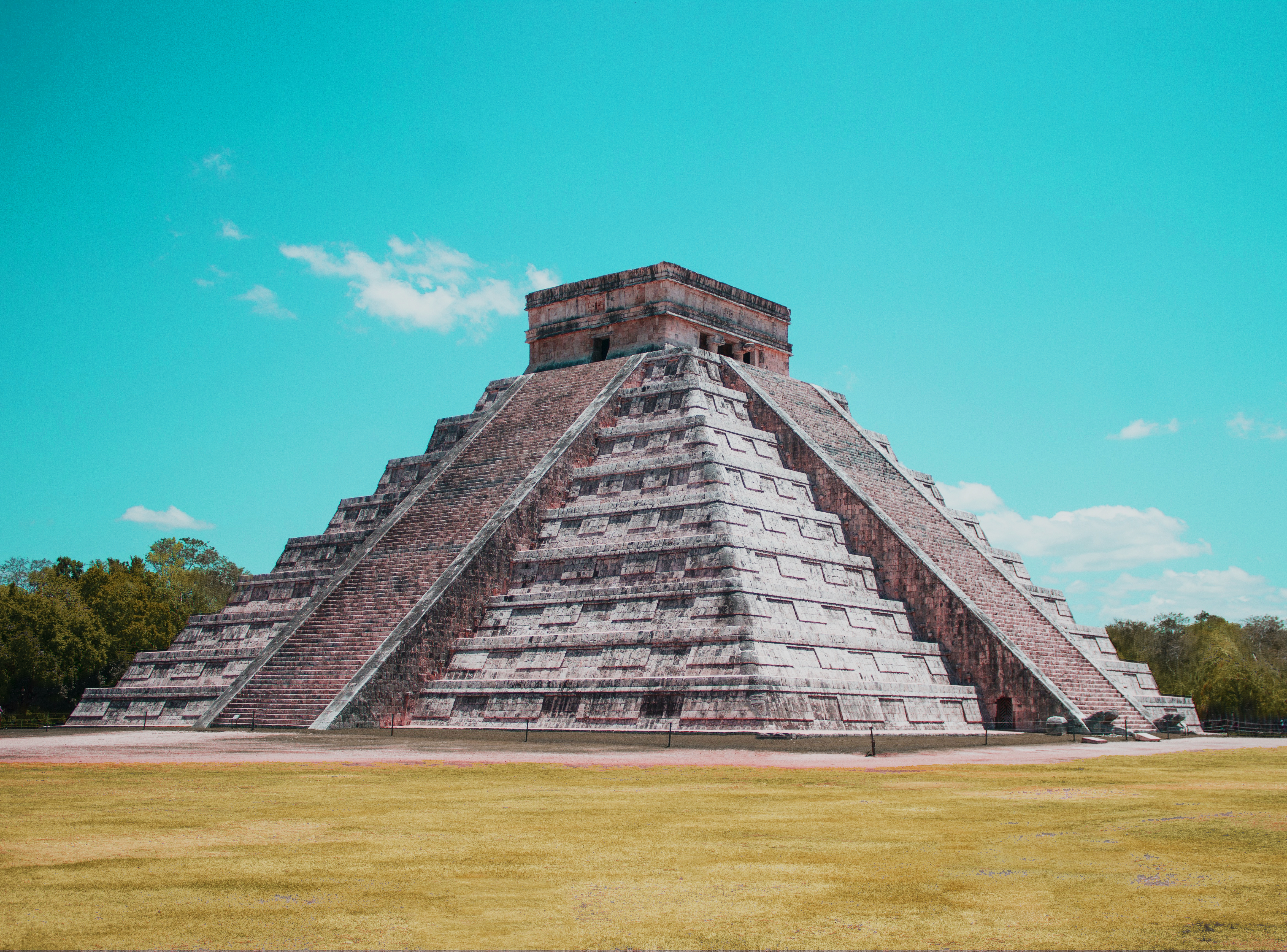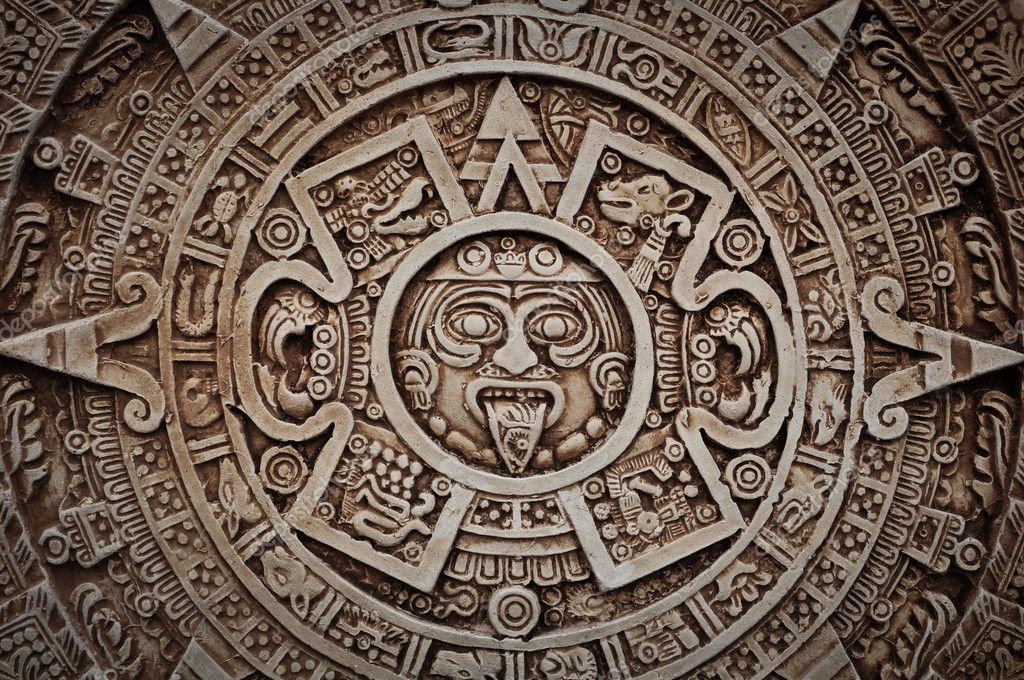The ancient city of Chichen Itza holds a profound place in the rich tapestry of the Mayan civilization. Nestled in the Yucatan Peninsula of modern-day Mexico, this UNESCO World Heritage Site stands as a testament to the cultural and architectural prowess of the Mayan people. With its awe-inspiring structures, advanced astronomical knowledge, and enigmatic rituals, Chichen Itza continues to captivate the imagination of visitors from around the world.
Chichen Itza is an archaeological site that flourished during the Classic period of Mayan civilization, between the 9th and 12th centuries CE. Its name translates to "at the mouth of the well of the Itza", referencing the presence of cenotes, natural sinkholes that were considered sacred by the Mayans. This site served as a political, economic, and religious center, drawing influence from both the Mayan culture and the later Toltec civilization.
Chichen Itza's history can be traced back to its early settlement, believed to have begun around 600 CE. Over time, the city grew in importance, absorbing influences from neighboring regions and developing its unique architectural style. However, it was during the late 10th century CE that Chichen Itza experienced a significant transformation under the influence of the Toltec civilization, which brought forth a fusion of Mayan and Toltec elements.

One of the most iconic structures at Chichen Itza is the Great Pyramid of Kukulkan, also known as El Castillo. Rising majestically towards the sky, this pyramid serves as a testament to the Mayans' advanced understanding of astronomy and their remarkable architectural skills. The pyramid's construction is a marvel in itself, with each of its four sides featuring 91 steps, summing up to a total of 364 steps, when including the temple platform as the final step. This number corresponds to the number of days in the Mayan solar year. During the spring and autumn equinoxes, a fascinating phenomenon occurs at the pyramid. As the sun sets, shadows cast by the steps create an illusion of a serpent slithering down the pyramid's staircase. This captivating display showcases the Mayans' deep understanding of astronomical alignments and their reverence for nature.
Beyond the Great Pyramid of Kukulkan, Chichen Itza boasts several other remarkable structures. The Temple of the Warriors stands as a testament to the city's militaristic influences. Adorned with intricate carvings of warriors and deities, this temple complex served as a ceremonial center. Nearby, the Ball Court stands as the largest known court for the ancient Mesoamerican ballgame. This game held great cultural and religious significance, often representing the battle between light and darkness, life and death.
Another notable feature of Chichen Itza is the Cenote Sagrado, a natural sinkhole that was considered a sacred site. The Mayans believed that the cenote was a gateway to the underworld and performed sacrificial rituals by offering precious objects, animals, and even humans to appease their gods.

The Mayans had a deep connection with astronomy, and Chichen Itza played a pivotal role in their astronomical observations. The city's layout and architecture were carefully aligned with celestial events, such as solstices and equinoxes. The Mayan calendar system, renowned for its accuracy and complexity, was intricately linked to the movements of the celestial bodies. Chichen Itza's structures, including the Great Pyramid of Kukulkan, served as astronomical observatories, allowing the Mayans to track celestial events with remarkable precision.
Religious rituals and sacrifices were an integral part of Mayan culture, and Chichen Itza was no exception. The city served as a hub for various ceremonial practices, including offerings to appease the gods and ensure the well-being of the community. Human sacrifices were carried out during significant events, believed to strengthen the connection between the earthly realm and the divine. These rituals often took place at the Cenote Sagrado, where individuals were ritually drowned or had their hearts extracted as offerings.
Despite its grandeur, Chichen Itza eventually faced a decline. The reasons for its downfall remain speculative, with theories ranging from political unrest to environmental changes. By the 15th century, Chichen Itza was largely abandoned, left to be swallowed by the surrounding jungle. It wasn't until the mid-19th century that Chichen Itza was rediscovered by explorers and archaeologists, who recognized its historical and cultural significance.

Today, Chichen Itza stands as a UNESCO World Heritage Site and attracts visitors from across the globe. Exploring the ancient city offers a glimpse into the Mayan civilization's remarkable achievements. The site has been carefully preserved, allowing visitors to witness the intricate architectural details, carvings, and sculptures that tell the story of a bygone era. However, the increasing popularity of Chichen Itza has raised concerns about the impact of tourism on fragile structures and the surrounding ecosystem.
Chichen Itza stands as an extraordinary testament to the Mayan culture and its remarkable achievements. The architectural marvels, astronomical knowledge, and intricate rituals showcase the sophistication and ingenuity of the Mayan civilization. As visitors explore this ancient city, they are transported back in time, immersed in the rich history and vibrant culture of the Mayans. Chichen Itza's significance extends beyond its physical beauty; it serves as a gateway to understanding the complexities of a civilization that flourished centuries ago.
Visiting Chichen Itza allows us to appreciate the Mayan people's mastery of architecture, their profound connection to the cosmos, and the religious practices that shaped their worldview. It is a humbling experience to witness the grandeur of the Great Pyramid of Kukulkan, to stand in awe of the Temple of the Warriors, and to reflect on the enigmatic rituals that took place within the sacred grounds.
While Chichen Itza has stood the test of time, it is essential to acknowledge the need for responsible tourism and conservation efforts. As visitors, we must tread lightly, respecting the ancient structures and the natural environment that surrounds them. By appreciating Chichen Itza's significance and embracing its cultural legacy, we can contribute to its preservation for future generations.
Chichen Itza dates back to the late Classic period of Mayan civilization, with its initial settlement believed to have begun around 600 CE.
No, climbing the Great Pyramid of Kukulkan is no longer permitted to preserve its structural integrity and ensure visitor safety. However, visitors can admire its magnificence from the ground.
The serpent-shaped shadow that appears during the equinox is a remarkable astronomical alignment. It is believed to symbolize the descent of Kukulkan, the feathered serpent god, connecting the earthly and celestial realms.
The duration of a visit to Chichen Itza can vary, but on average, exploring the main structures and key attractions may take around two to three hours. However, spending more time to fully immerse oneself in the site's beauty and historical significance is highly recommended.
To protect the site, there are certain restrictions in place. Climbing the structures, including the Great Pyramid of Kukulkan, is prohibited. Additionally, visitors are encouraged to follow guidelines regarding photography, littering, and respecting the sacred nature of the site.
As we reflect on the wonders of Chichen Itza, let us remember the legacy of the Mayan culture and the importance of preserving these ancient treasures. The profound achievements of Chichen Itza continue to inspire awe and curiosity, inviting us to delve deeper into the mysteries of our shared human history.